If there is something that we cannot neglect in a house is its exterior cladding. This is the presentation of our home, and depending on its condition, it may generate a positive or negative impression. Additionally, this coating will be the protective layer against external elements, so it must be able to withstand any condition.
Among the most popular cladding we found wood, and for you to select the best one for your home, today we bring you a list with different wood siding types that you can consider.
In countries where concrete is more expensive or weather conditions do not favor its use, it is best to build houses with exterior cladding and other types of fillings, such as fiberglass. This is where the wood comes in since it is economical and has many designs.
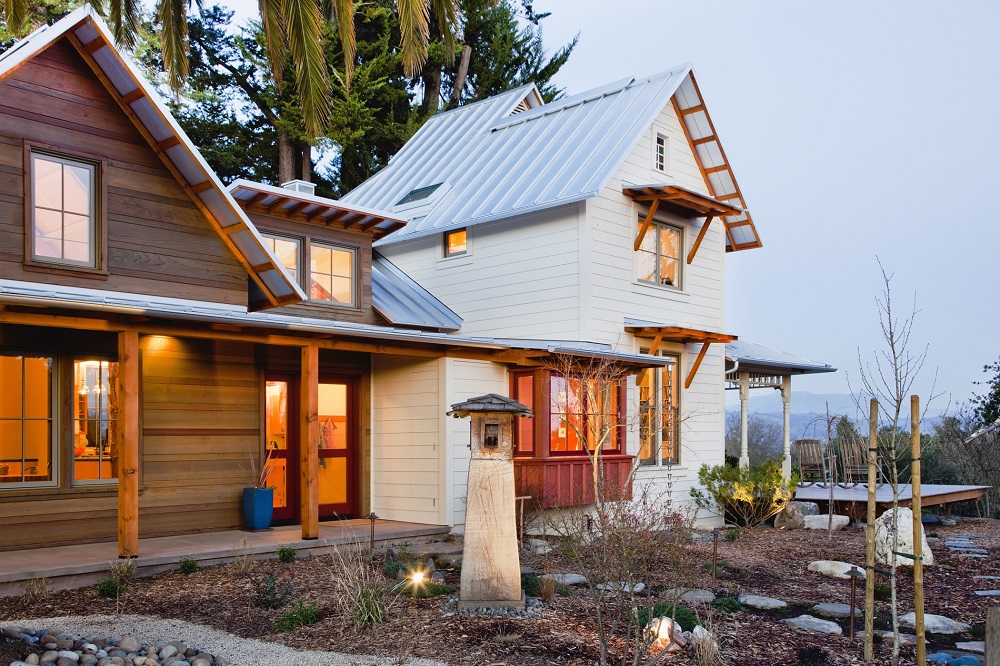
Image source: Arkin Tilt Architects
Among the most used woods, we can find cedar, fir, pine or redwood. The patterns on the boards that these woods can create are perfect in their natural state, so we rarely need to retouch them with paint.
If you are undecided or just don’t know what wood siding options exist, then continue reading and discover a new world of constructive alternatives.
Benefits of using a wooden siding
They are easy to install
Unlike concrete, building walls with coatings is an easy and quick process. Any competent person in the installation of coatings can do it, and it does not take many days to finish the project.
You can even save money if you are skilled enough in carpentry, as you could install it yourself.
Wood is an ecological material
Among the existing building materials, wood is perhaps the most environmentally friendly as it is a renewable, biodegradable material and is easy to carve and cut it to use as a coating.
In this way, there are species of trees that grow very fast like cedar, so it is easy to maintain a constant production of wood. Once it has reached its useful life, we can discard it without remorse as it will decompose quickly, creating compost for the soil.
An easy material to repair and paint
If we still do not want to completely change the coating of our home, we can always repair or paint it again. The repairs of the different wood siding types usually consist of replacing the damaged parts with new slats, since it is much easier to simply remove the entire compromised part and change it than trying to fix a small hole.
In case the damage is very small, we can always choose to fill in the crack or hollow with some wood putty. Wood is ideal when it comes to being painted because due to its porosity it allows the color to be easily absorbed. We will not even have to add patterns if we wish since the wood will retain its natural grooves.
The only drawback of wood is that it is vulnerable to insects and natural elements. To avoid damage, after painting it, a layer of protective varnish should be applied.
This should be reapplied with some frequency as a maintenance measure, or the wood will start to crack, rot, deform or burn. Not to mention termites and other insects that use wood to nest if they found holes in it.
It can adapt to any design
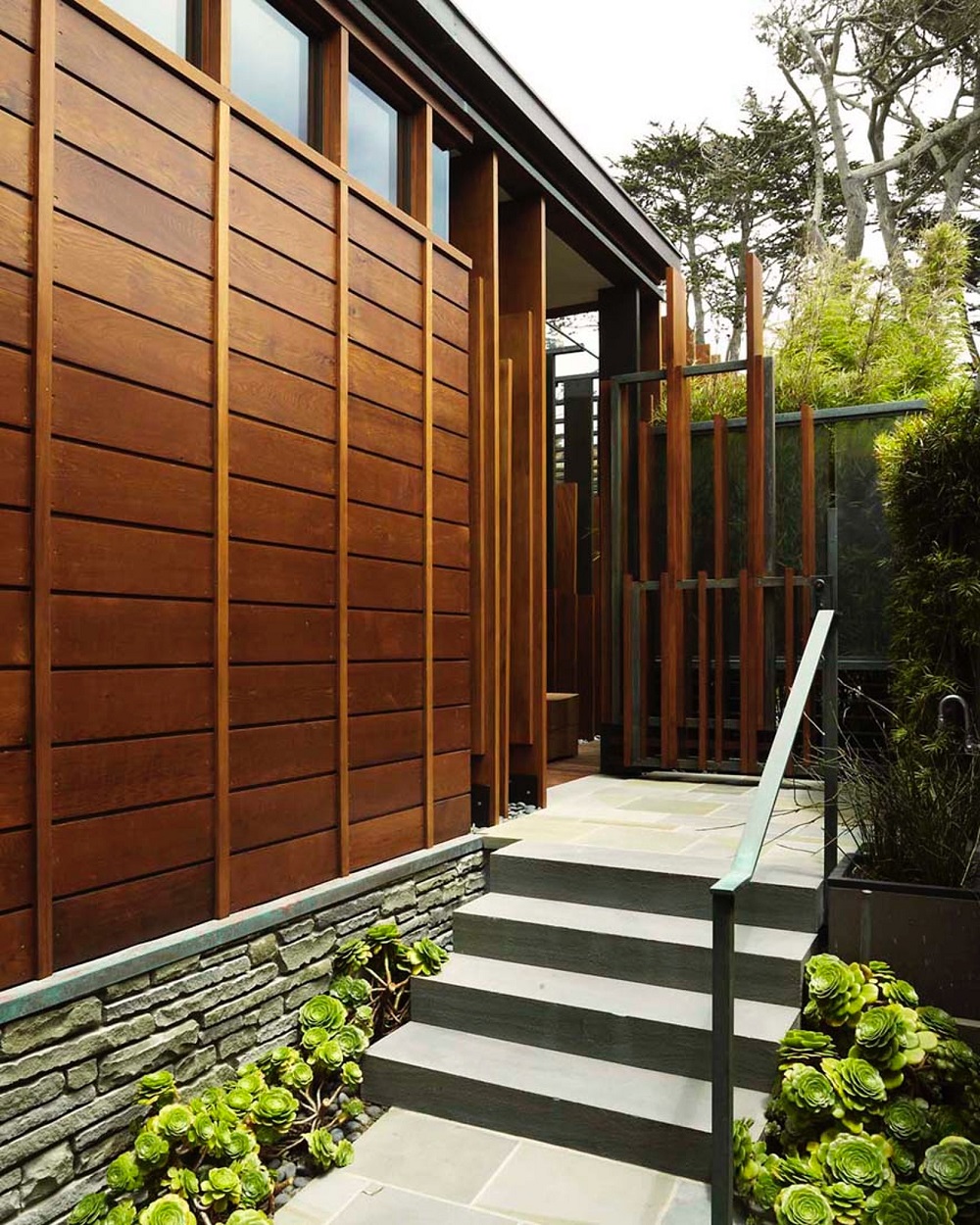
Image source: Dirk Denison Architect
Perhaps the most important aesthetic benefit is that wood is one of the most customizable materials on the market for our home.
We have a wide variety of colors available, and if we don’t like it we can always change it. The available textures also make it easy to find a design that we like.
Types of wood siding for our home
Wood paneling not only consists of a giant sheet. These come in multiple presentations such as slats, shakes, lap or clapboard.
These slats or panels can be installed both horizontally and vertically on the wooden frame that will work as a support.
Depending on the case, we will need to add a protective layer of varnish or sealant. We must also bear in mind that it must be installed with a moisture barrier.
A standard procedure in construction is to prime the sides of the wood to prevent water from leaking in and rot the wood.
Next, we guide you through some of the most popular presentations for wood paneling.
Board and Batten – A classic and simple construction

Image source: Cabin DIY
This design is based on large slats (we could even consider them full-size walls in some cases) which are placed next to each other and to these are added a thinner strip of wood that serves to hide the joint between the big pieces.
Shingles and Shakes – For geometric patterns
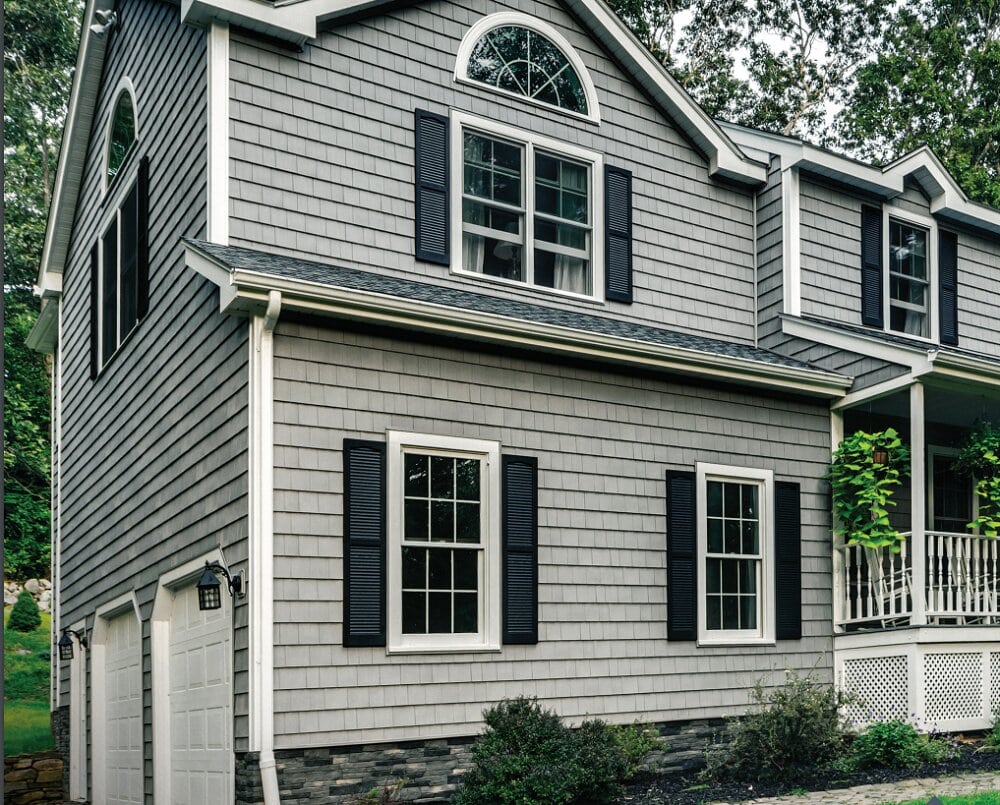
Image source: FP-Supply
These pieces of wood are lighter and come in different geometric patterns, being ideal to be used as tiles or to cover walls.
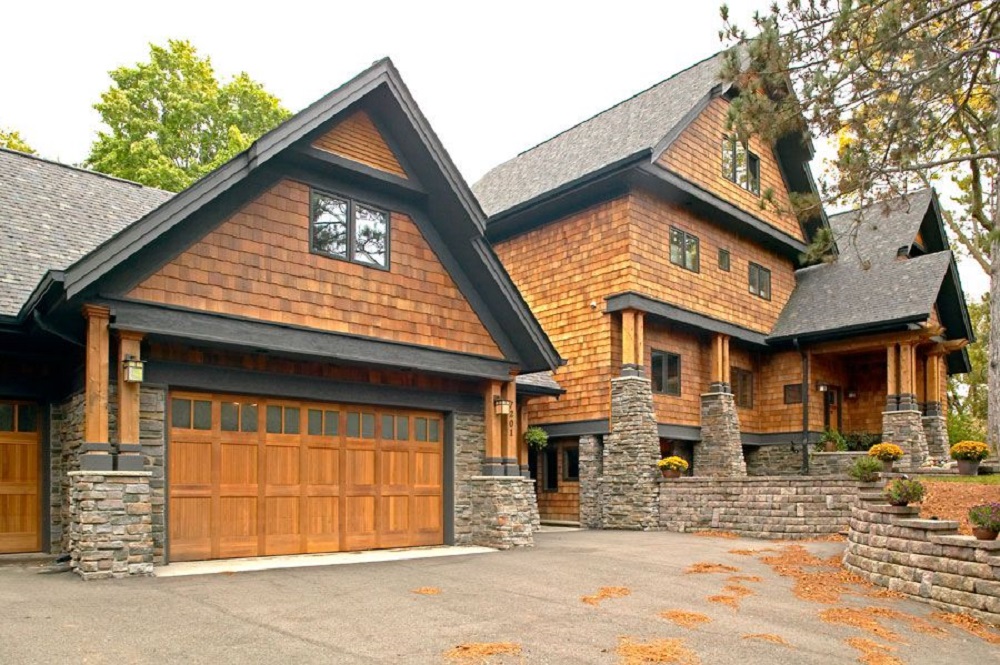
Image source: Parr Lumber
These pieces are cut out of large blocks called bolts. Commonly they are made of red cedar and redwood, but they can be constructed from a wide variety of options.
Additionally, this type of coating has a special treatment so that it does not catch fire easily.
Engineered Wood – Great economic savings
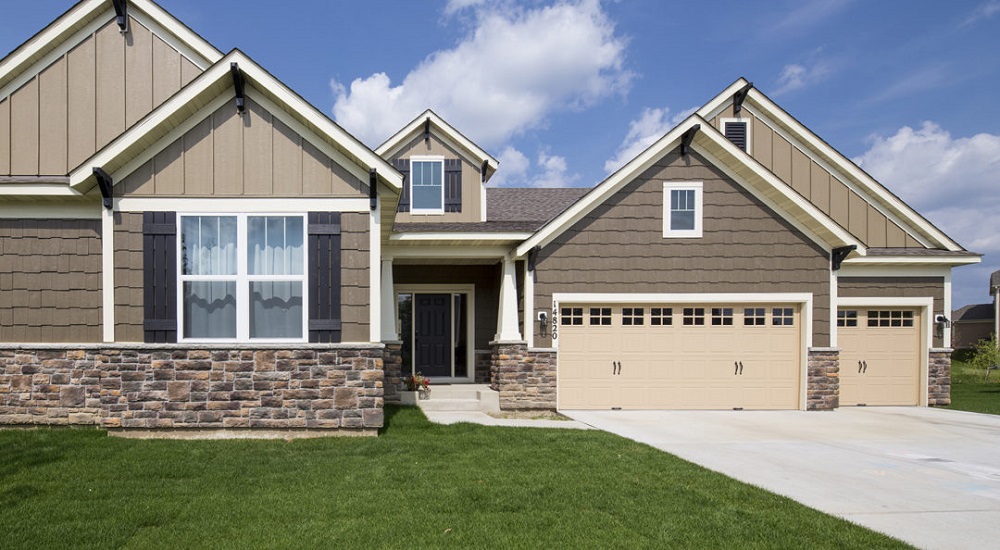 Image source: J&B Constructions
Image source: J&B Constructions
An economical option to cover and build in general is to use a substitute, or rather, a conglomerate of manufactured wood. The engineered wood is a mixture of different pieces and waste wood, which has been treated and compressed to create a sheet that can be even stronger than natural wood.
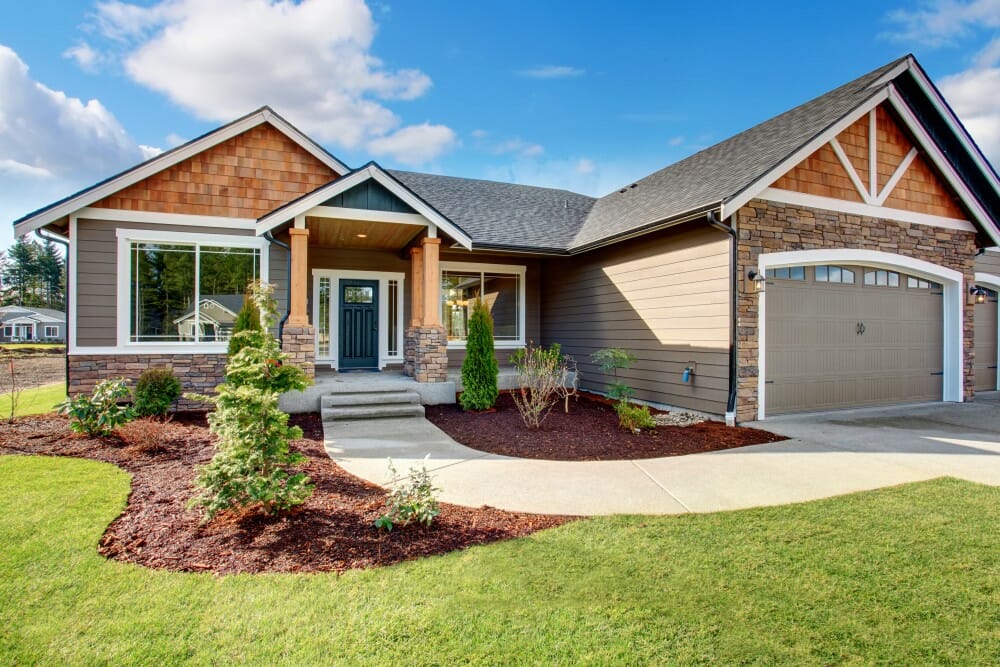
Image source: Modernize
Although it does not need much maintenance, its low price is accompanied by a disadvantage, and it is that the small spaces created by the mixture of the pieces make these panels vulnerable to moisture.
Clapboards – Specially manufactured for outdoors
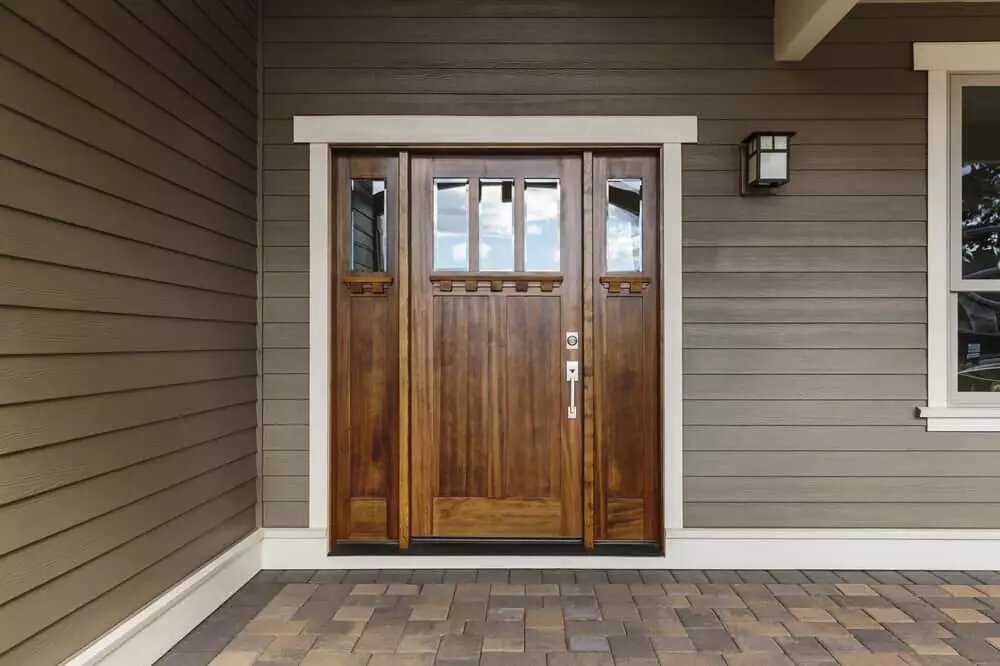
Image source: Prentiss Balance Wickline Architects
The most traditional of the options in wood paneling, and very typical of American homes, is to use clapboards. These are very long slats with a reduced width, which are installed in superimposed form as if they were tiles.
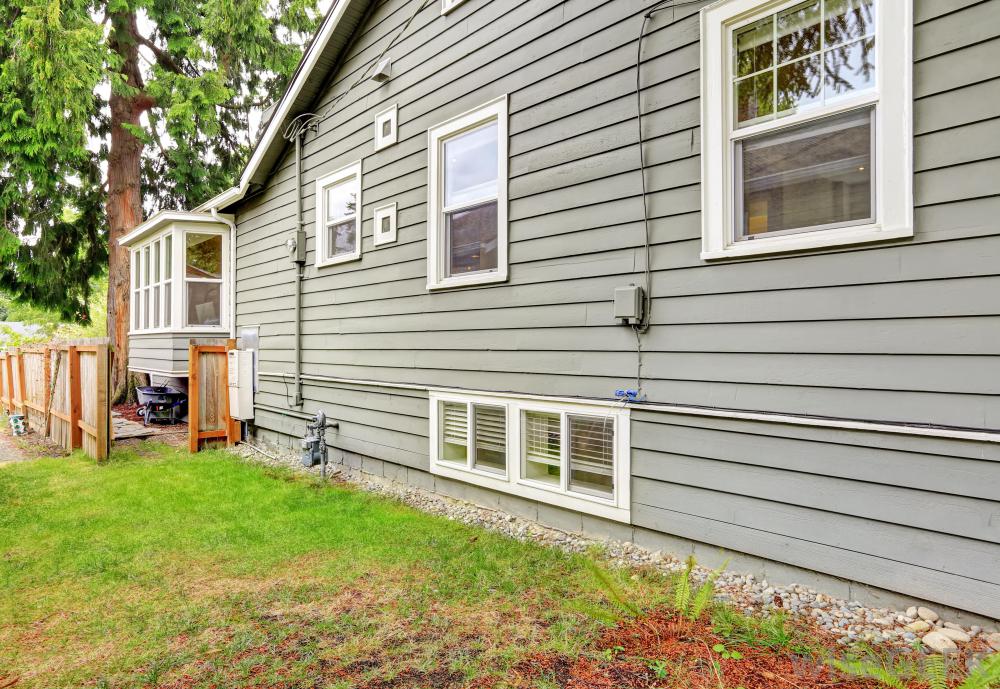
Image source: WiseGEEK
It is perhaps one of the oldest alternatives on the market, but due to its easy installation and visual appeal, it is still extremely popular.
Drop Channel Siding – Our own puzzle
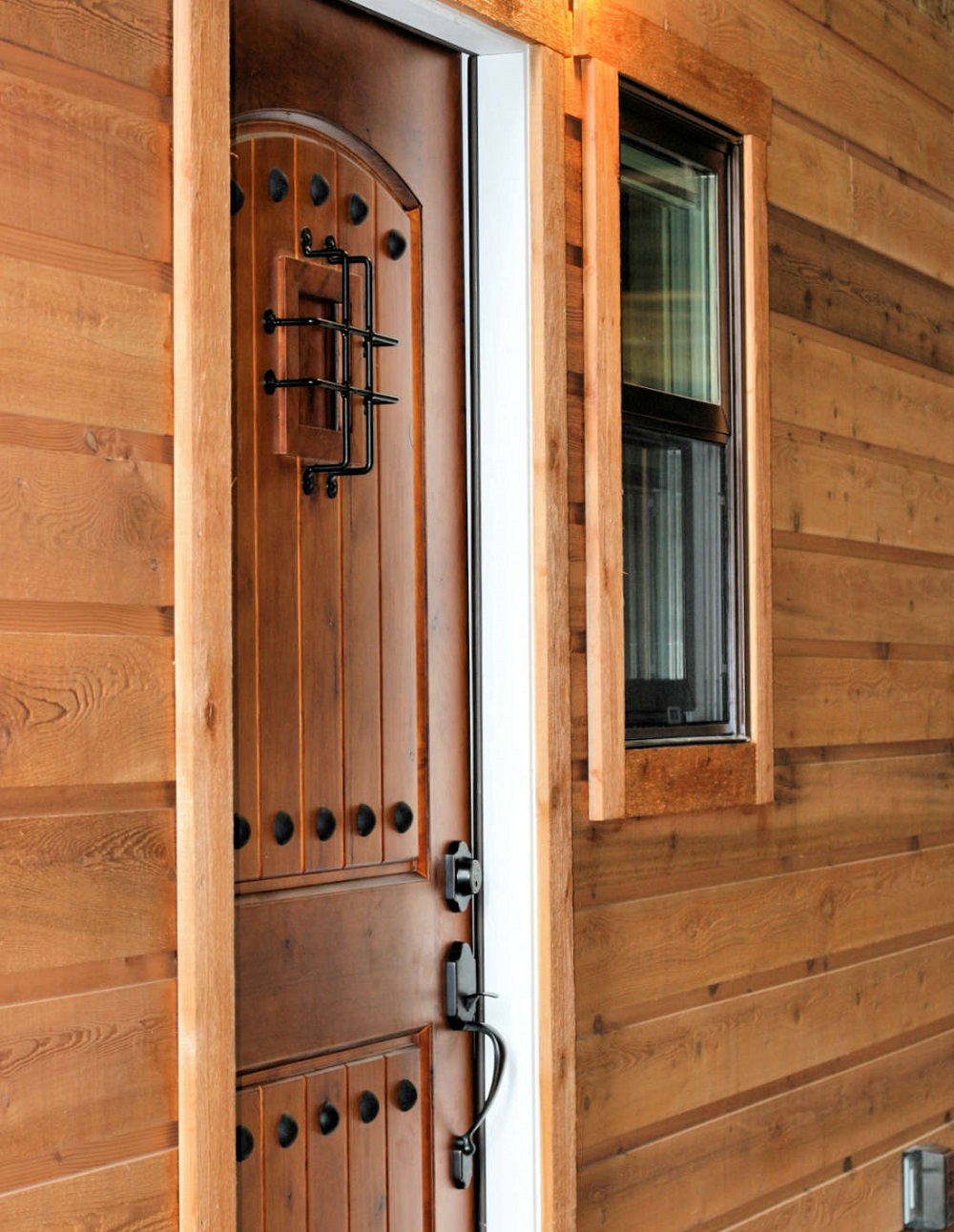
Image source: Buffalo Lumbar
The versatility that this wood siding type gives is amazing since we can place it both horizontally and vertically without having any installation problems.
This style consists of wooden slats very similar to the previous ones, but in this case, one of the sides has a full-length opening that allows you to insert a tab that protrudes from the opposite side (obviously, from another slat) as if it were a puzzle.
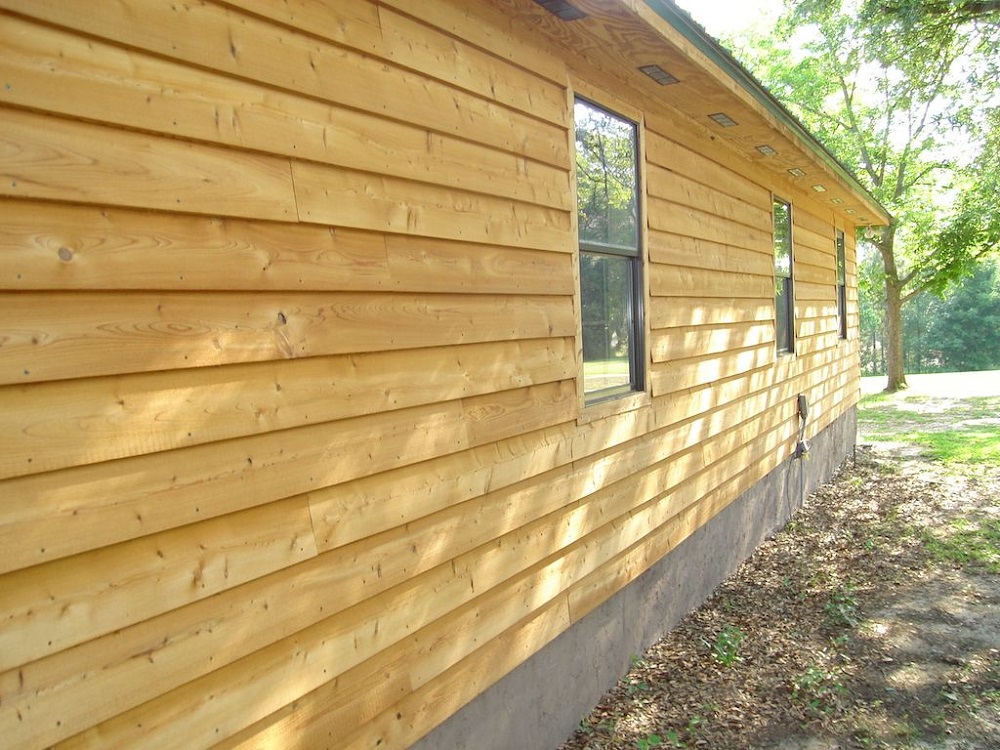
Image source: Sobakoved
The shape that it has, the space that is created between joints and how these boards are cut make the water flow perfectly over it.
Split Logs – Back to the cabin
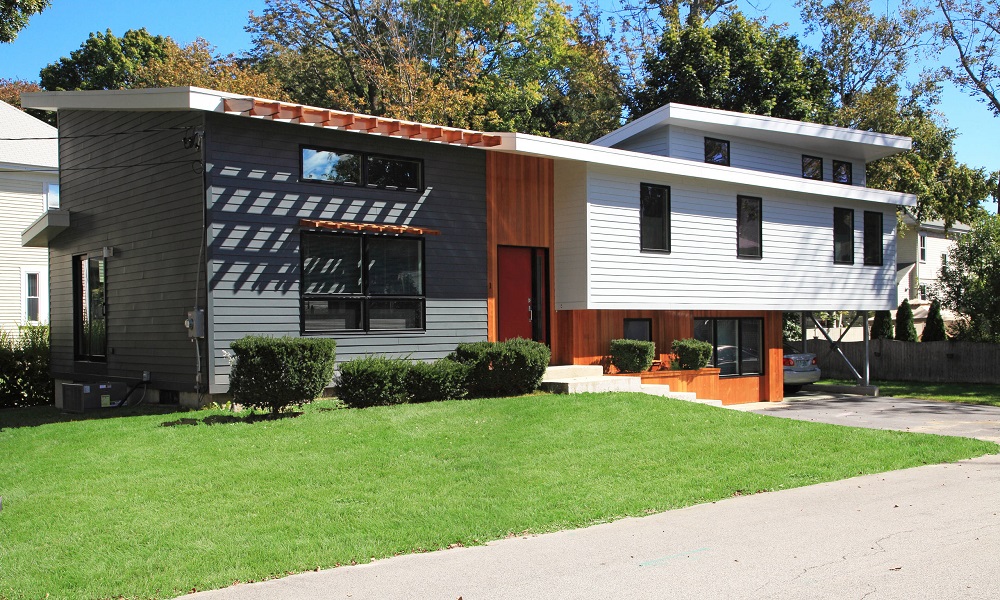
Image source: McHenry Architecture
This is perhaps the most rudimentary alternative that exists because we are literally stacking logs that are intertwined at the edges so that they do not move. This is a characteristic style of the cabins in the woods.
Tongue-and-Groove Siding – For smooth appearances
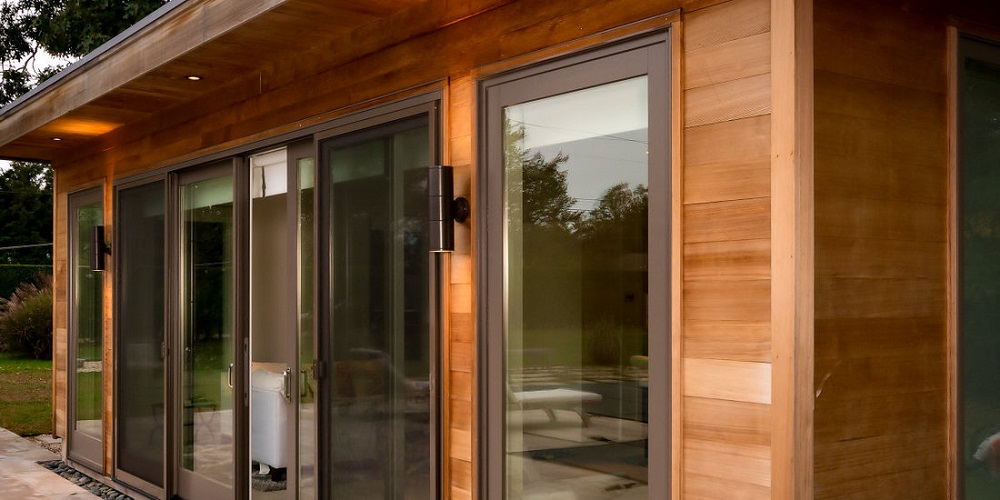
Image source: Buffalo-Lumber
This is presented as a more aesthetic alternative to Drop Channel Siding, and that although it uses the same principle of a wood strip with a slot and a tab, usually they can be perfectly joined so that there are no furrows.
These can also be installed in any direction, and it is perfect if we are looking for a less rustic finish, either inside or outside our home.
Many wood siding types to choose from
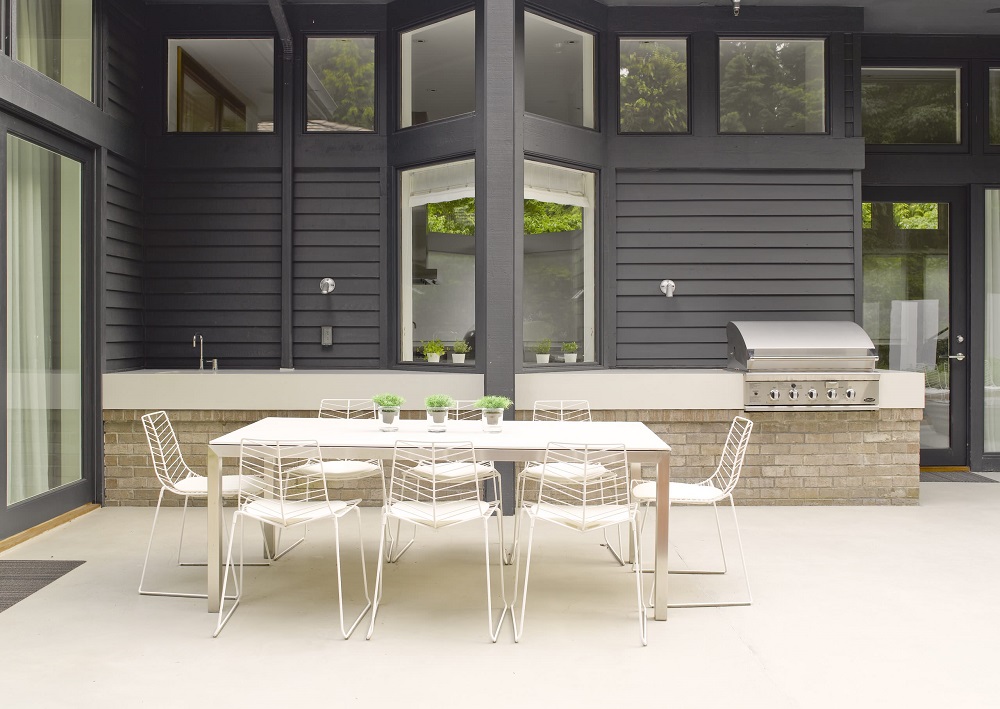
Image source: Buffalo-Lumber
As we could see, the amount of wood siding types available is overwhelming, and this is due in part to the fact that wood is an ancient material, which has been perfected over time.
Nowadays, wood siding is easy to install and produce, easy to customize and repair, and definitely easy to acquire.
The only thing we have to take into account when choosing a wood siding is that it requires constant maintenance. However, with proper care, wood can become an eternal material.
If you enjoyed reading this article about these wood siding types, you should read these as well:
- How to cover a closet without doors: Inexpensive options
- Farmhouse front door ideas that are simple and inspiring
- Modern bathroom door ideas to try in your house in the near future
The post Wood siding types you can use on your home’s exterior appeared first on Impressive Interior Design.
source https://www.impressiveinteriordesign.com/wood-siding-types/
No comments:
Post a Comment